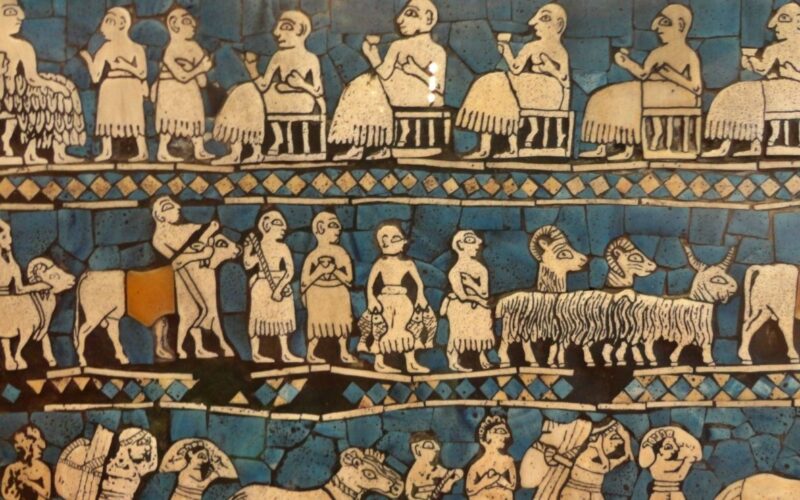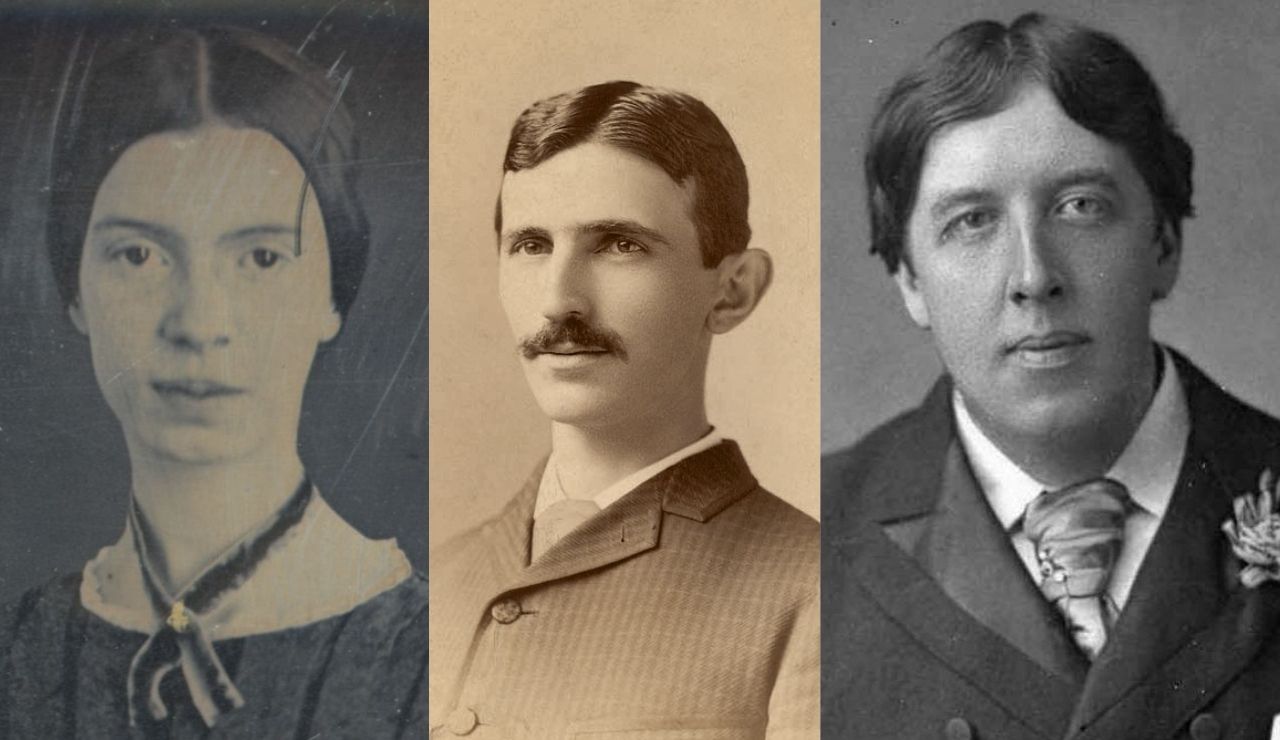History often feels like a storybook, filled with dramatic images and legendary tales. But many so-called facts about ancient civilizations come from misinterpretations, pop culture, or outdated sources. From horned Viking helmets to misunderstood calendars, these myths have shaped how we view the past. It’s time to separate fiction from fact. Here are 12 widely believed ideas about ancient societies that simply aren’t true.
1. The Pyramids Were Built by Slaves
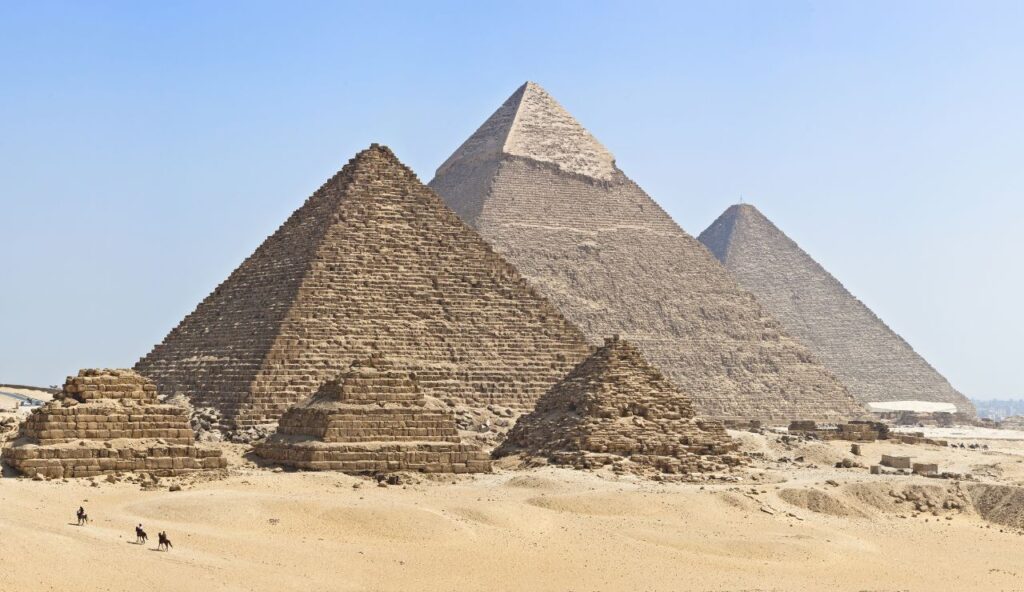
Hollywood helped popularize this idea, but archaeologists have found strong evidence to challenge it. The builders of the Egyptian pyramids were skilled laborers who worked in rotating teams. Graves discovered nearby that they were well-fed and respected. These workers lived in organized communities and likely received payment or other civic benefits. Pyramid construction was a national effort, not the result of slavery.
2. Vikings Wore Horned Helmets
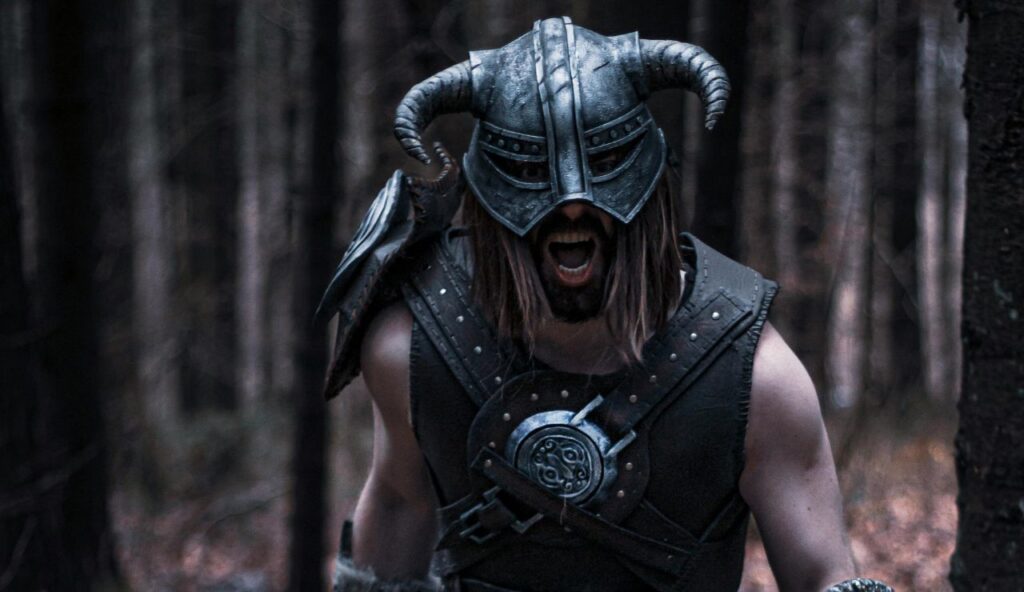
The image of horned Viking helmets came from costume designers in the 1800s, not real history. Actual Viking helmets were simple, practical, and designed for protection in battle. Horns would have made fighting more difficult by catching weapons or obstructing movement. No archaeological evidence supports the horned design. The myth endures because it looks dramatic, not because it reflects historical truth.
3. Romans Always Ate While Lying Down
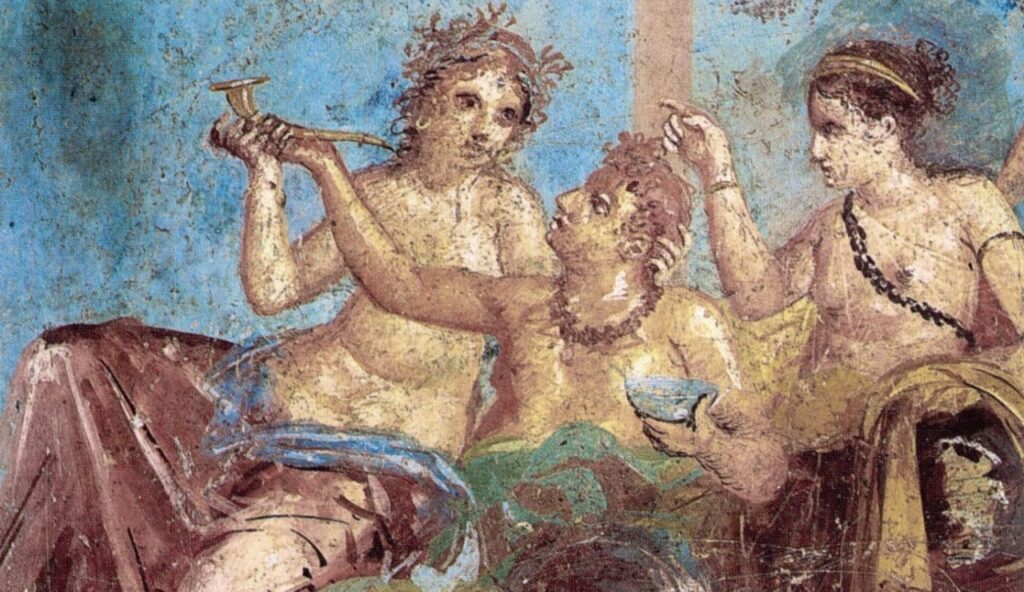
Elite Romans sometimes reclined during banquets, but that was not the norm for everyone. Most people in ancient Rome ate sitting at simple tables or while standing. The image of widespread reclining meals was reserved for the wealthy during special events. It became a symbol of status, not a cultural standard. Everyday Roman meals were far more ordinary than this myth suggests.
4. Cleopatra Was Egyptian
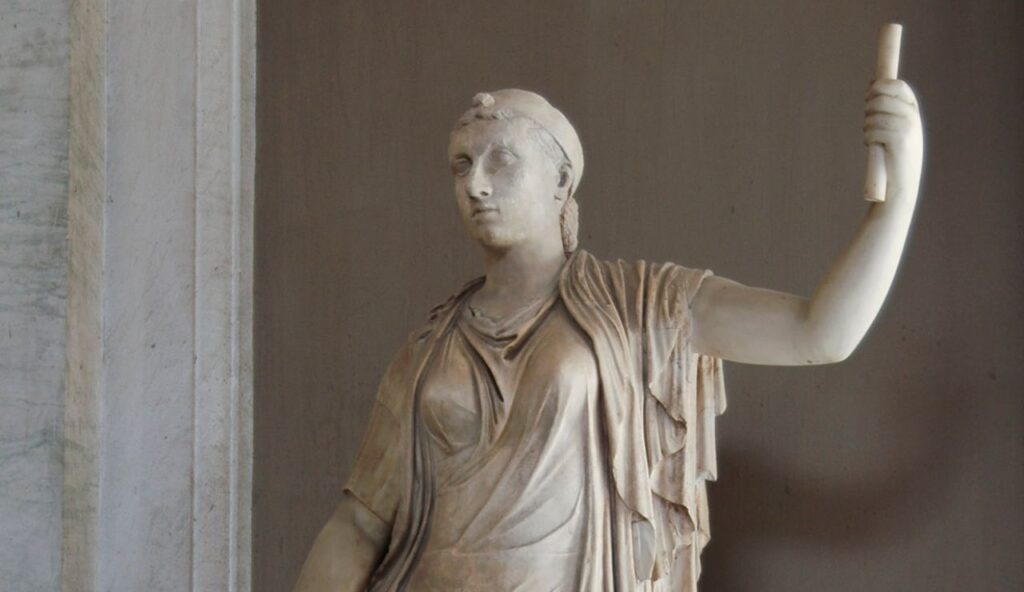
Cleopatra ruled Egypt, but her ancestry traced back to Greek origins. She belonged to the Ptolemaic dynasty, which descended from one of Alexander the Great’s generals. Although she embraced Egyptian customs and spoke the native language, she was culturally and ethnically Macedonian Greek. Her political role in Egypt has often overshadowed the reality of her heritage, which adds complexity to her story.
5. Mayans Predicted the End of the World
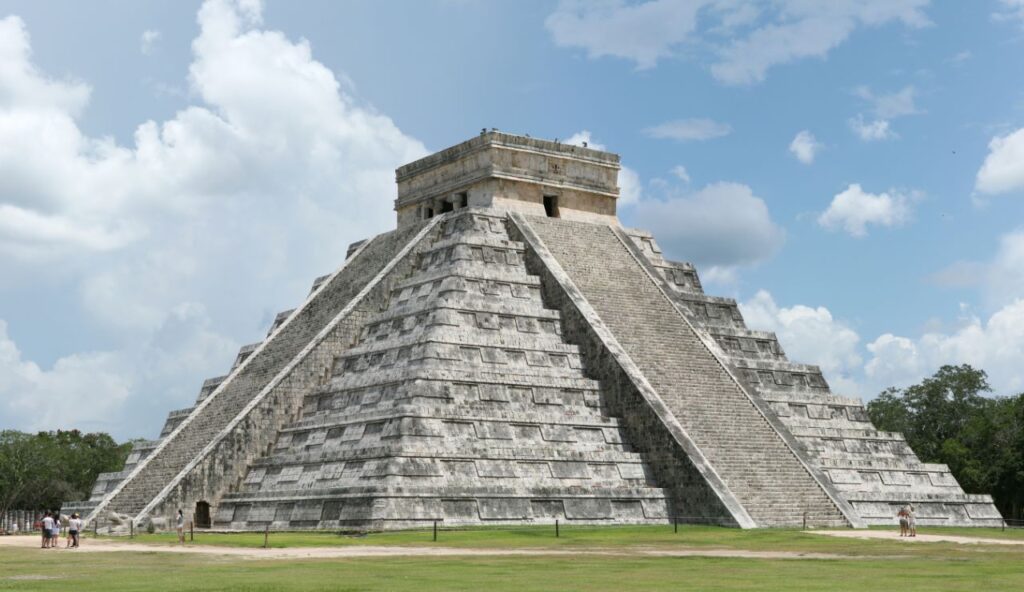
The 2012 apocalypse theory was based on a misunderstanding of the Mayan calendar. The calendar used cycles called baktuns, and 2012 marked the end of one cycle, not the end of time. The Mayans did not predict global destruction. Instead, the calendar simply rolled over to begin a new era. Modern fears and misinterpretations, not ancient belief, created the doomsday narrative.
6. Ancient People Believed the Earth Was Flat
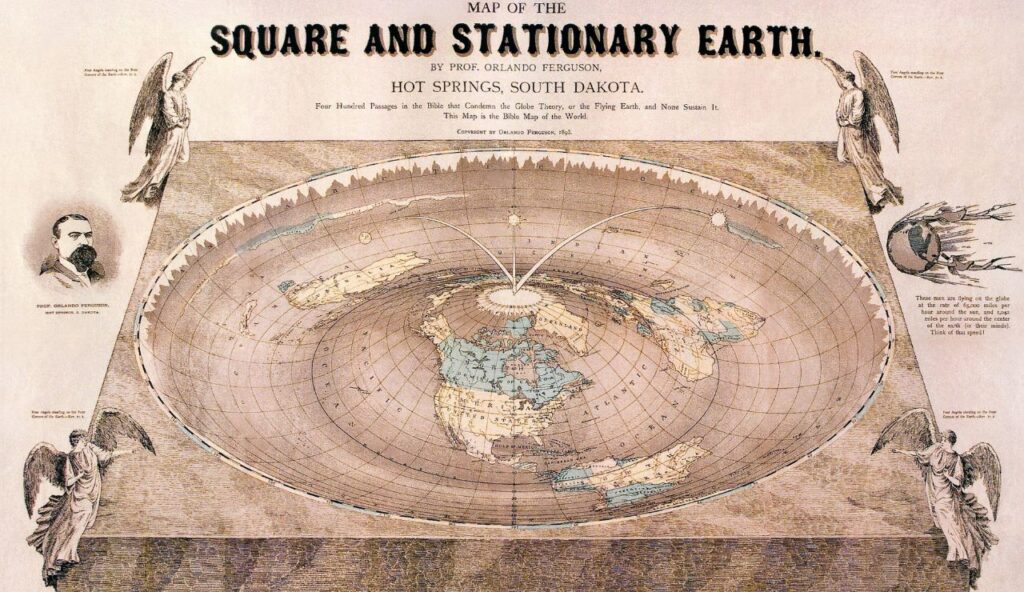
Many ancient civilizations understood that the Earth was round. Greek scholars like Eratosthenes even calculated its circumference with surprising accuracy. Sailors noticed that ships disappeared over the horizon, which supported a spherical Earth. The idea that ancient people widely believed in a flat Earth is a later myth that grew during the Middle Ages. It was not the common view in ancient times.
7. Gladiators Fought to the Death Every Time
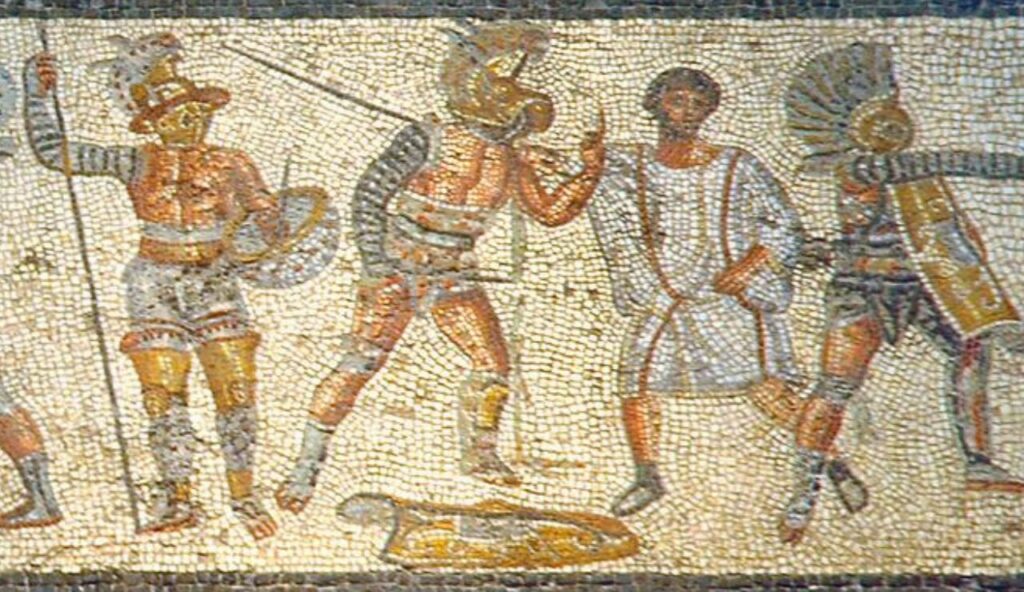
Gladiator battles in ancient Rome were brutal, but most did not end in death. Fighters were expensive to train and often became celebrities. Many matches ended with a winner being declared, not with a fatal blow. The idea that every battle was to the death comes from exaggerated stories and entertainment, not from the records of how the arena actually operated.
8. The Aztecs Had No Written Language
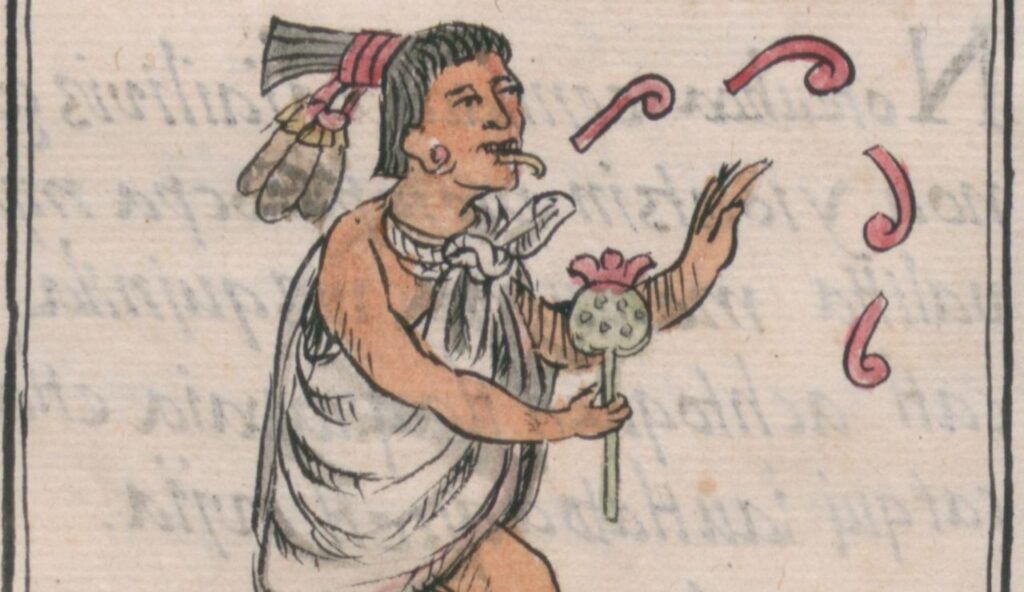
Although the Aztecs did not use an alphabet like ours, they had a rich system of written communication. They used pictographs and symbols to record history, laws, tribute, and religious stories. These codices were made of bark or deerskin and illustrated important events. Spanish conquest destroyed much of this writing, but surviving examples show that the Aztecs had a sophisticated way to preserve knowledge.
9. The Trojan War Was Pure Myth
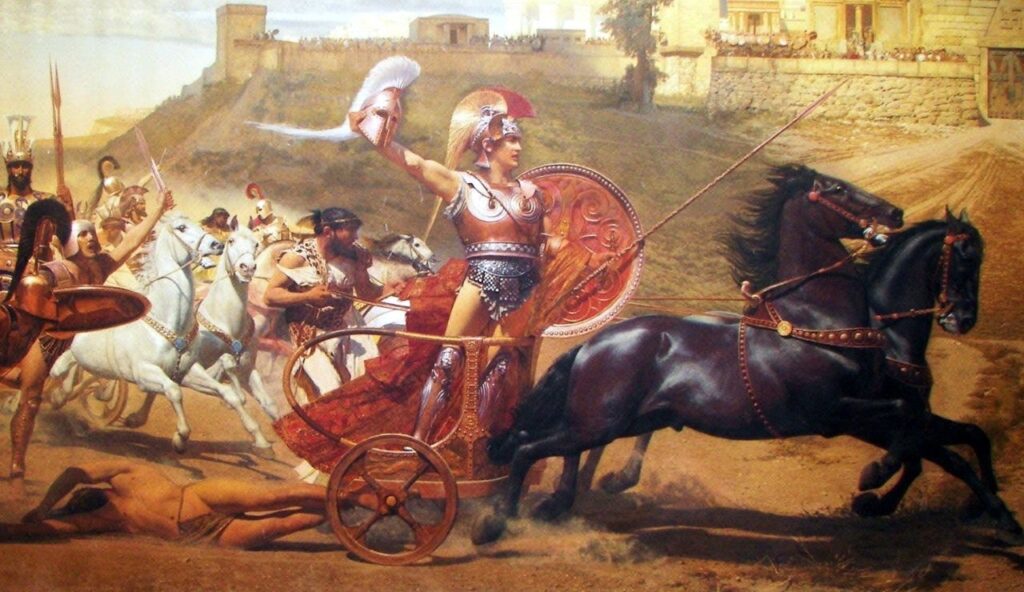
For centuries, scholars debated whether the Trojan War was just a legend. Then archaeologists discovered ruins in modern day Turkey that matched Homer’s descriptions of Troy. While the details in the Iliad are poetic and exaggerated, they may be based on real events. The war likely happened on a smaller scale, involving rival powers in the Aegean region. Myth and reality often overlap in ancient stories.
10. Ancient People Died Young Because of Poor Health

It’s true that average life expectancy was lower in ancient times, but that statistic is skewed by high infant mortality rates. Many people lived into their 50s or even older if they survived childhood. Archaeological remains show older adults with worn joints, healed bones, and dental work. Life was hard, but not everyone died young. Longevity was possible with a bit of luck and resilience.
11. Hieroglyphs Were Just Decorative
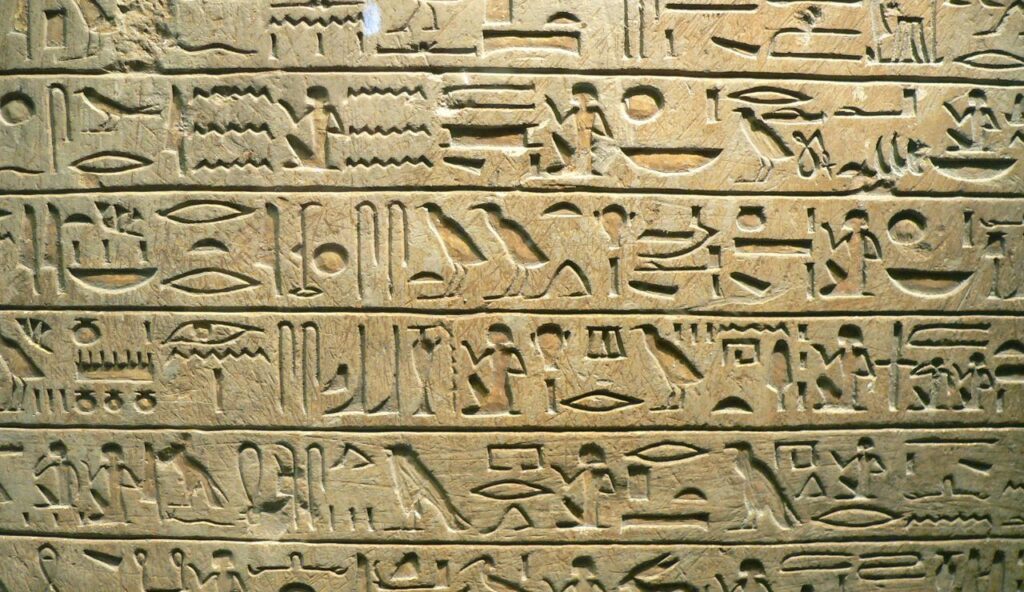
For a long time, people assumed Egyptian hieroglyphs were purely symbolic or decorative. In reality, they formed a complex writing system with grammar, structure, and phonetic elements. It took centuries to decode them, especially since the meaning was lost for so long. The Rosetta Stone finally unlocked their secrets, proving that hieroglyphs conveyed full ideas and recorded both history and culture.
12. Ancient Civilizations Lacked Medical Knowledge
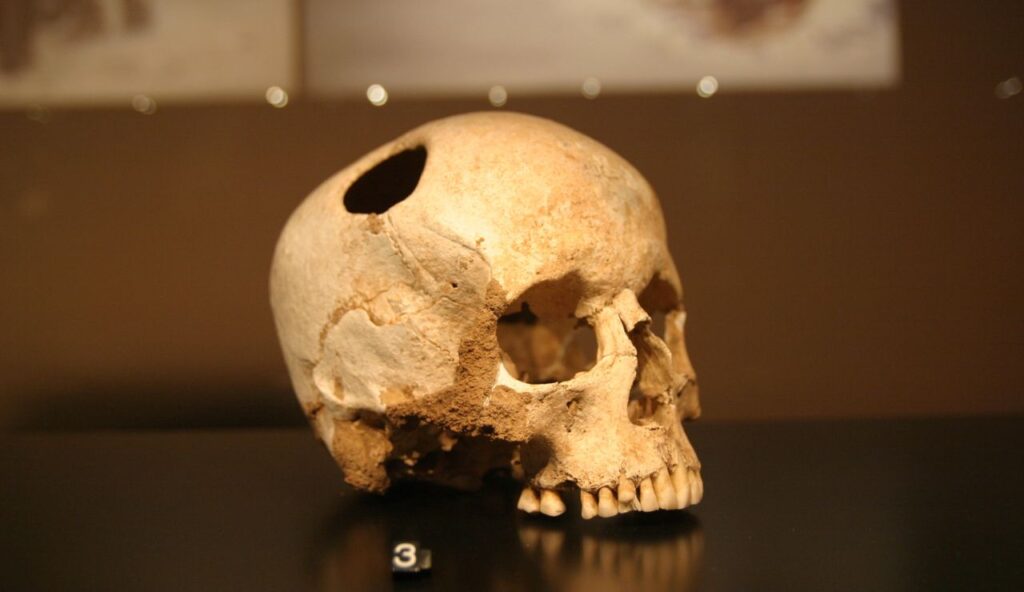
Ancient medicine was not modern science, but it was far from clueless. Egyptians used surgical tools and knew how to stitch wounds. Ancient Indians practiced dentistry, and Chinese physicians developed acupuncture. Greeks diagnosed illnesses by observation. While some treatments were flawed, others were surprisingly advanced. Ancient healers relied on observation, trial, and error, which formed the roots of today’s medical practices.
